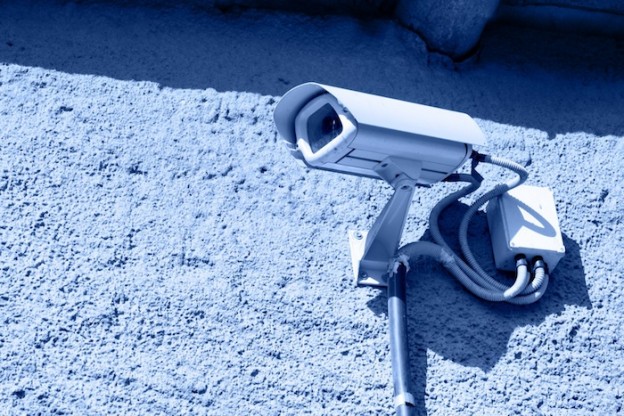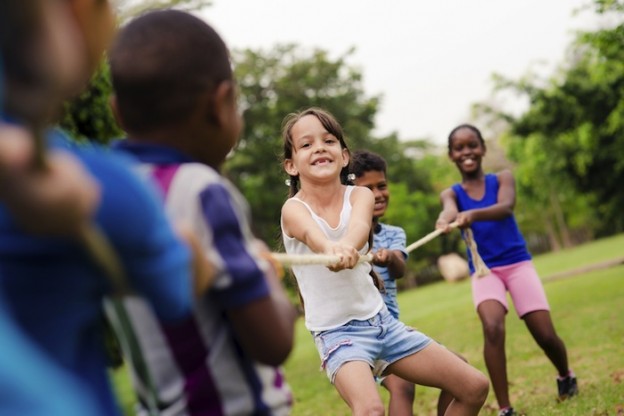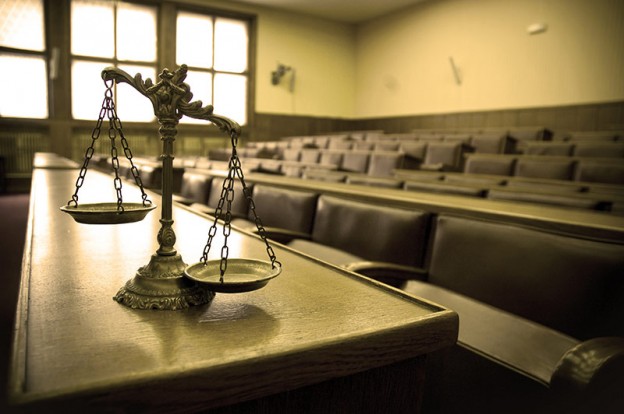Many of the cases for which I provide consultation and expert witness testimony involve the question of whether a school or agency provided appropriate supervision when someone under its care was injured. The question asked by a child safety and supervision expert in such cases is, “Did the school or agency, through its administration and/or other employees, act reasonably and within the standard of care in accordance with the customs and practices of the field?” Lack of or inadequate supervision is the most common allegation of negligence. It is estimated that in cases involving programmatic situations (i.e., where standardized procedures exist), approximately 80 percent of plaintiffs’ allegations involve supervision. My experience in working on such cases reinforces this statistic.
Lack of supervision itself may not necessarily create liability; it must be shown that lack of supervision is the proximate cause of the injury. For the plaintiff to recover, the defendant must also have a duty to supervise the plaintiff. A key element here is the distinction between a duty to render specific supervision and a duty to provide general supervision.
Specific Supervision
Specific supervision is required when a person is involved in activities in settings with obvious hazards, or is incapable of protecting himself from harm in these settings. The type of supervision required depends on the activity and age of the children. A good example would be supervision of children who cross a highway to reach a school or a bus stop. In this case, there would be a duty to supervise, and that duty would be even stronger to supervise 5-year-old children as opposed to high school students.
Another situation in which specific supervision would be required is when participant behaviors indicate a need for it. Such an example would be when the teacher or supervisor has been warned about the “propensity” of a child to behave in a manner that is either self-injurious or dangerous to others. The combination of a child who is known to behave in a dangerous way and environmental hazards that pose a threat of injury mandate specific supervision.
Specific supervision is most often thought of in the instructional mode. From a legal perspective, instruction is given so that the student can gain knowledge of the activity, understand the activity in terms of one’s own capabilities, and appreciate the potential for injury before assuming the inherent risks of the activity. As the participant gains in knowledge, understanding, and appreciation, the degree of specific supervision required is gradually reduced as the participant is provided with transitional supervision and then general supervision.
The individual defines the need for specific supervision. Specific supervision is not a function of the activity, but of the person who participates in it. Some people talk about “high-risk” activities or “hazardous” activities. Courts have not held any activity except boxing inherently dangerous. Rather, the key lies in the person, how she participates in the activity, and how she should be supervised. Think of “people hazards” rather than “activity hazards.” The determinant of likelihood of injury is directly related to the participant’s skill capacity; physical and mental condition to do the activity; and knowledge, understanding, and appreciation of the activity itself. If, for instance, physical disability or lack of mental capacity diminishes a person’s ability to perform an activity, then specific supervision is required.
General Supervision
Children transitioning from one activity to another in school or at a summer camp do not require specific supervision if there are no obvious hazards present. As long as the supervisor-to-child ratio is reasonable and that supervisors in the area are aware, listening and responding when necessary, then the general supervision standard of care is met.
General supervision has two dimensions — individual-oriented supervision in an activity, and group–behavior-oriented supervision in a facility or other location. When engaged in individual-oriented supervision, the supervisor is focused on the child’s manner of engaging in the activity. For example, a teacher in a shop class watches to ensure that students properly use the equipment. In contrast, someone assigned to group-behavior supervision in a facility or an area (e.g., a cafeteria or an outdoor recreation area) watches the behaviors of children and dangerous conditions.
Almost all playground cases allege lack of supervision; in most cases, however, general supervision is all that is required. While a school or agency is not an insurer of safety, there must be supervision when children are on the playground during times when the school or agency is in charge, such as during recess. The fact that each child is not personally supervised every moment of each school day does not constitute fault, nor do spontaneous or planed acts of violence by children on school grounds create liability if the area is well supervised. Constant and undeviating supervision would be prohibitive and, probably, impossible.
Supervisors, however, should be alert for prohibited or dangerous activity that prompts a need to transition from general supervision to specific supervision. A playground monitor, for instance, provides general supervision at recess, watching or listening for anything that might indicate that a child could cause harm to himself or another person. If the monitor witnesses a child jumping from the top of a slide, the monitor must move from general to specific supervision. A reasonable supervisor would know that this is a dangerous situation that could result in injury — necessitating the provision of specific supervision. If supervisor calls out to the child and quickly goes to the area to intervene so that the child discontinues the behavior, the supervisor has acted appropriately under the circumstances to keep the child safe.
Numerous Variables
Recent cases for which we have provided consultation demonstrate that though a school or agency may have appropriate safety procedures in place, a child can, nonetheless, become injured. In such case, a summer camp met all the standards with regard to child supervision; yet when a child threw a stick to the ground, it bounced up and struck another child in the eye.
In this case, camp staff had previously seen children picking up sticks and instructed them not to play with sticks, as part of their safety lessons. The staff-to-camper ratio exceeded the standard and, at the time, the staff was providing appropriate supervision. The children were moving from one location to another, making general supervision the standard. Camp counselors watched the children carefully and were close enough to intervene, if necessary. Suddenly, the child picked up a stick. As soon as he noticed that a counselor was watching him, he threw the stick down. The stick bounced off the ground and struck the other child.
After a review and analysis of the facts and circumstances, my rendered opinion was that the camp met the standard of care in accordance with the customs and practices of the field. The type of supervision and number of counselors present were adequate for the circumstances. The spontaneous behavior of the child who picked up the stick was not foreseeable, and the fact that a staff member watched this action constituted appropriate supervision in the moment. Knowing that he was being watched, the child threw down the stick without warning.
Numerous variables are involved in determining whether a school or agency breached a duty to supervise. I can help plaintiffs and defendants understand how these variables may influence a determination of liability.








